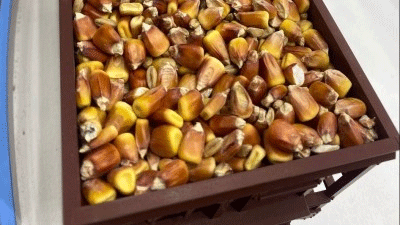Moscow Region’s Record Corn Harvest
In 2024, the Moscow Region reported an impressive corn harvest, with farmers collecting over 7,700 tons of corn grain from an 800-hectare area. The average yield reached 95.1 quintals per hectare, underscoring the efficiency and productivity of the region’s agricultural practices.
Harvesting Process and Stages of Corn Maturity
Corn harvesting in the Moscow Region begins in late September and continues until the first frosts. The process employs specialized combines, and two primary methods are used:
- Cutting the cobs for further processing.
- Threshing the grain directly in the field.
Corn maturity progresses through three stages:
- Milk Stage: Kernels are white, soft, and juicy.
- Wax Stage: Kernels harden but retain moisture.
- Biological Maturity: Kernels become yellow-orange and hard, suitable for grain harvesting and livestock feed.
Harvesting for grain typically occurs at the biological maturity stage to ensure optimal quality and storage stability.
Regional Context and Agricultural Strategies
Moscow Region’s corn production has steadily grown due to improved farming techniques and better crop management. However, challenges such as weather variability and rising input costs remain significant concerns for local farmers.
Opportunities for Improvement
To further enhance corn yields and quality, the following strategies are crucial:
- Precision Agriculture: Using GPS-guided equipment and data analytics to optimize planting and fertilization.
- Drought-Resistant Varieties: Introducing hybrids better adapted to changing climatic conditions.
- Efficient Post-Harvest Handling: Expanding storage and drying facilities to preserve grain quality.
The Moscow Region’s success in achieving a harvest of over 7,700 tons of corn demonstrates the potential of Russian agriculture when advanced methods are employed. By investing in technology and sustainable practices, the region can continue to increase productivity, meet domestic demand, and explore export opportunities.
Error





